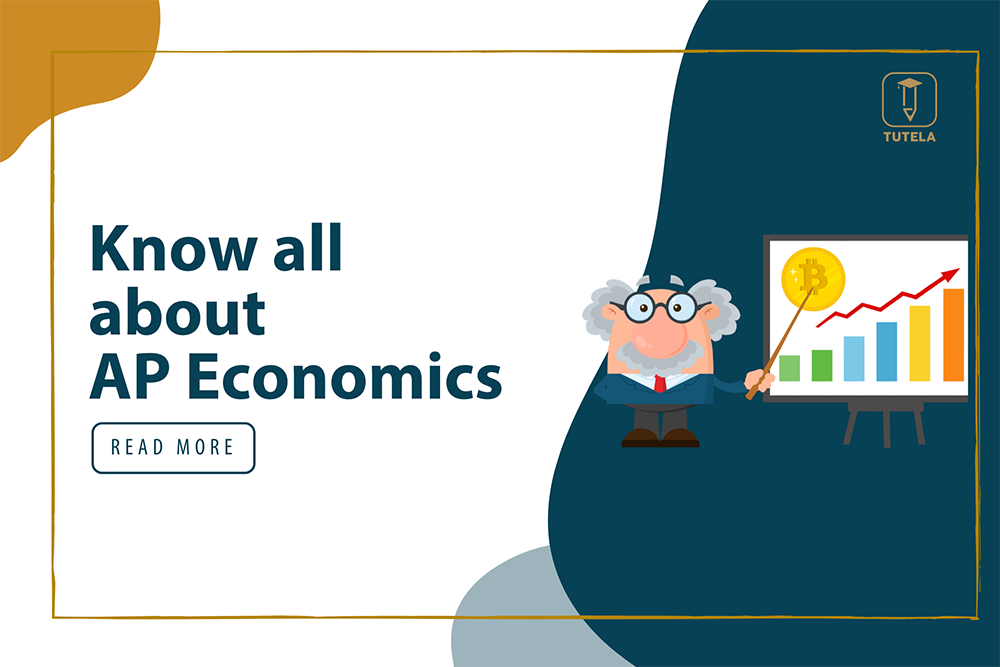
Advance Placement (AP) Exams– AP exams allow you to pursue college-level studies while you’re still in high school. It also provides you with the opportunity to earn college credits, advance placement or both while you’re still in high school. It is advisable to take the SAT or ACT, followed by SAT Subject Tests and then APs. You can start preparing for the APs as early as the 9th grade.
Due to COVID-19, College Board has taken some measures to ensure students don’t miss their APs this year. There’s a lot of hard work that goes into preparing for the APs and if the exams are cancelled then it’s a huge discouragement for students. Hence, keeping the welfare of students in mind College Board has made certain amends with respect to the AP exams.
Note – These amendments are for the year 2019-20 only.
1. There will a 45-minute online free-response exam for each course.
2. The syllabus will be limited to what most of the school was able to complete by early March.
3. You’re free to use any device for taking the exam. Also, you have the liberty to write your responses by hand and submit a photo of them.
4. Due to these unavoidable circumstances, it will be ensured that you earn the college credits that you’ve worked hard for.
The content that will be covered in the Macroeconomics and Microeconomics exam will be –
Macroeconomics – Units 1-5 will be covered and questions from unit 6 will not be asked.
Microeconomics – Units 1-5 will be covered and questions from unit 6 will not be asked.
*Exam question types and Exam dates for both courses will be available on the website on 3rd April.
Note: The following information is not in relation to the amendments mentioned above made by the college board specifically for this year.
Macroeconomics – In this course, you’ll explore the principles of economics that apply to an economic system as a whole using
| What is it? | Major Topics | Prerequisites | Exam Structure |
|---|---|---|---|
| It is a one-semester introductory college course in economics. | 1. Basic Economic Concepts 2. Economic Indicators and the Business Cycle 3. National Income and Price Determination 4. Financial Sector 5. Long-Run Consequences of Stabilization Policies 6. Open-Economy—International Trade and Finance |
There are no prerequisites. The student should be able to read college-level textbooks and possess basic mathematics and graphing skills. | The exam Duration for Statistics is 2 hours and 10mins. The exam is divided into 2 sections. Section 1: 60 Multiple choice questions of 1hr 10mins. 66% of the score. Section 2: Free response having 3 questions of 1 hour. 33% of the score 1 long free-response question. 2 short free-response questions. |
Microeconomics – In this course, you’ll study the principles of economics that apply to the behaviour of individuals within an economic system using graphs, charts, and data.
| What is it? | Major Topics | Prerequisites | Exam Structure |
|---|---|---|---|
| It is a one-semester introductory college course in economics. | 1. Basic Economic Concepts 2. Supply and Demand 3. Production, Cost, and the Perfect Competition Model 4. Imperfect Competition 5. Factor Markets 6. Market Failure and the Role of Government |
There are no prerequisites. The student should be able to read college-level textbooks and possess basic mathematics and graphing skills. | The exam Duration for Statistics is 2 hours and 10mins. The exam is divided into 2 sections. Section 1: 60 Multiple choice questions of 1hr 10mins. 66% of the score. Section 2: Free response having 3 questions of 1 hour. 33% of the score 1 long free-response question. 2 short free-response questions. |
Key Takeaways –
1. Macroeconomics focuses on the principles that apply to an entire economic system as a whole.
Microeconomics focuses on the principles of economics that apply to the functions of individual decision-makers (consumers and producers) within an economic system
2. You can take both Macroeconomics and microeconomics in the same year because each course can be taught in one semester.
3. Before progressing to Macroeconomics, you can take microeconomics. This way the principles can be learned on an individual level before being applied to a national level.
4. Macroeconomics follows a top-down approach whereas microeconomics follows a bottom-top approach.